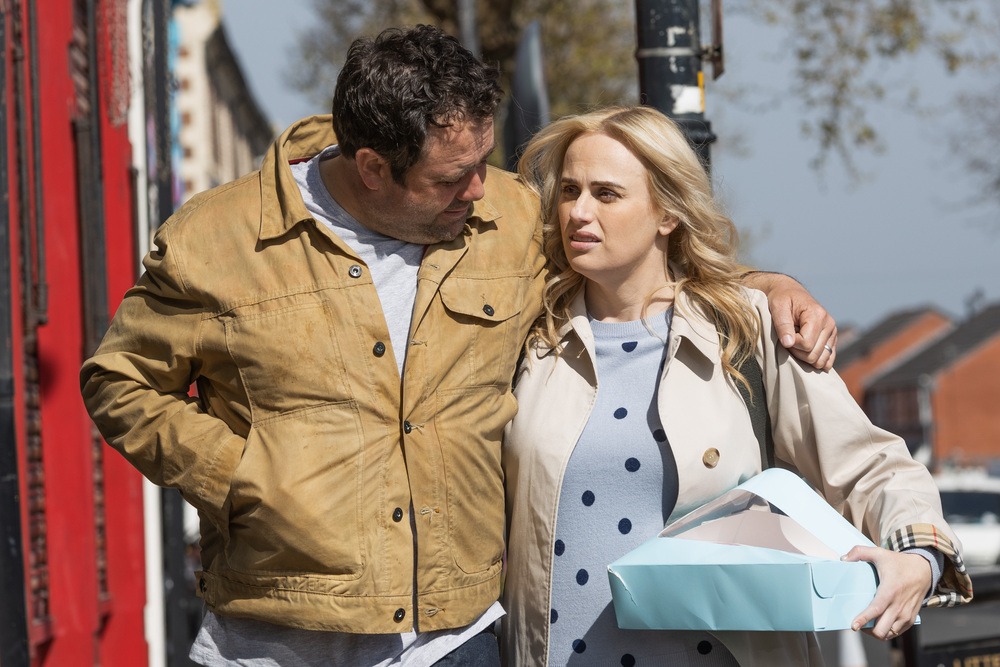The Almond and the Seahorse

Celyn Jones and Rebel Wilson star in THE ALMOND AND THE SEAHORSE. (Photo: IFC Films)
Frayed relationships form the dramatic backbone of The Almond and the Seahorse, whether between romantic partners or the specifically shaped brain structures referenced in the cryptic title.
Those codependent cerebral circuits are perhaps the two most important characters in this well-meaning British saga about the effects of traumatic brain injuries on patients and their beleaguered loved ones.
However, the film awkwardly juggles elements of quirky misfit comedy with a more melancholy story about letting go of the past and embracing an uncertain future, too often settling for melodramatic contrivances.
The film tracks two parallel and eventually intertwining stories, beginning with Sarah (Rebel Wilson), a London archaeologist who remains devoted to her husband, Joe (Celyn Jones), despite his deteriorating mental state.
We learn he’s suffering from acute brain trauma and needs reminders for the simplest of everyday tasks, which has consumed Sarah’s life and scuttled their once promising plans together.
We’re also introduced to Toni (Charlotte Gainsbourg), an architect whose wife, former cellist Gwen (Trine Dyrholm), is suffering from severe amnesia after a car accident that has left her confined to an institution.
That’s where Sarah and Toni meet under tense circumstances, offering one another a therapeutic outlet for their exhaustion and frustration. As Sarah wonders aloud: “What do you do when you’re grieving and no one has actually died?”
The compassionate performances, with Wilson in a rare dramatic role, generate sympathy for both women as they reluctantly transition into caregivers and chart a new path to happiness and romantic fulfillment.
Yet the uneven screenplay by Jones, adapted from a stage play, tends to trivialize the afflictions of both partners as a plot device rather than exploring it with depth or sincerity.
The rookie directing tandem of Jones (Set Fire to the Stars) and veteran cinematographer Tom Stern (Million Dollar Baby) doesn’t offer much meaningful insight into brain trauma or resulting mental illness, or the value of companionship and support systems as a coping mechanism.
With its earnest intentions compromised by sentimentality, The Almond and the Seahorse is powerful in spurts but strains to be more life-affirming and profound. Its appeal is too focused on the heart and not enough on the brain.
Not rated, 96 minutes.